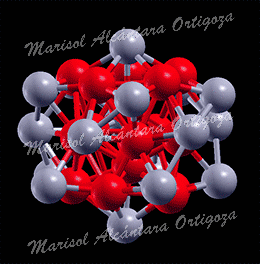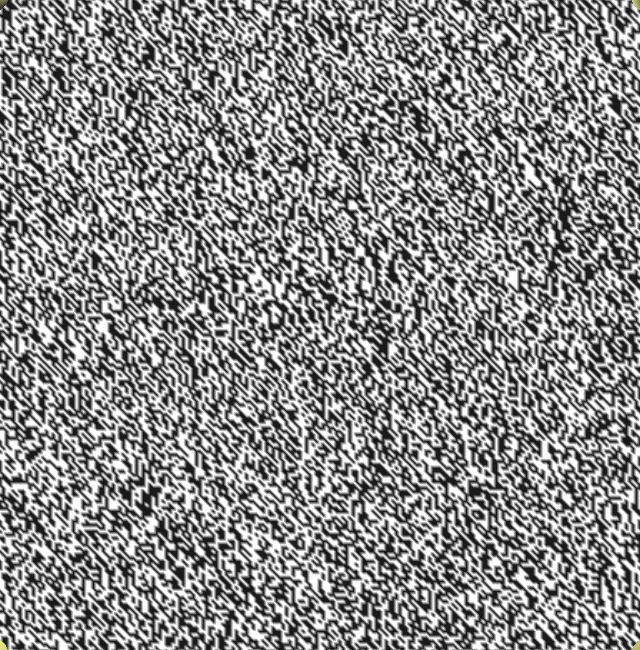May - 29 - 2013
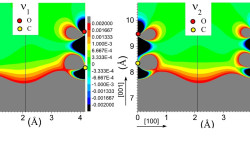
[J. Phys. Chem. A, 115 (25), 7291 (2011)] The coupling between molecules and metallic surfaces has attracted much interest in the last three decades because of the insight it provides into chemisorption and diffusion processes. The interactions present when carbon monoxide (CO) is absorbed on metals surfaces are of particular importance since they influence chemical reactions of utmost technological importance and now even data storage. Only recently, because of the advances in […]
May - 29 - 2013
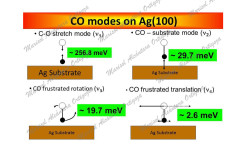
This work follows in many ways that performed for the adsorption of CO on Cu(001) [1]. Yet, it opened a wealth of new insights about the way we characterize CO adsorption. The interest on CO adsorption on Ag surfaces lies on the ability of Ag(110) to catalyze the formation of CO2 and CO3 from O2 and CO reactants at temperatures low enough (~100 K) to preserve oxygen in its molecular […]
May - 29 - 2013
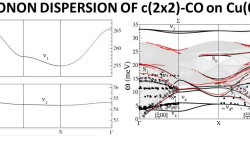
[J. Phys.: Condens. Matter 20, 224009 (2008) and Phys. Rev. B 79, 125432 (2009)] Nailing down the essentials to optimally catalyze a desired reaction is still a very challenging problem. Not surprisingly, although most production processes in industry are catalyzed, most chemists and engineers are restricted to trial and error when searching for the proper catalyst. The interest on transition (Pt, Ru, Rh, Pd, etc.) and noble (Cu, Ag, and Au) metals surface arises […]
May - 28 - 2013

[Phys. Rev. B 72, 174416 (2005) and Phys. Rev. B 74, 226401 (2006)] Developing quantum computing and increasingly smaller memory storage devices has led intense research into the properties of nanoscale magnets, including quantum single-molecule magnets (SMM) and arrays of ferromagnetic nanodots. This goal, however, faces several challenges. One of them is the ever-present inter-magnet interactions, which are directly responsible for the loss of memory of these devices during magnetic relaxation. Since inter-magnet exchange interactions […]
May - 4 - 2013

Click on any of the 96 nonvanishing eigenfrequencies of Ag27Cu7 shown below to see the animation of the corresponding eigenmode. In order to better appreciate the vibration, we display the “top” and “side” view of the nanoparticle for each eigenmode. Notice also that because of the symmetry of the eigenvectors, they are divided in two representations (Representation # 1 and Representation # 2). Representation # 1 (frequencies are […]





